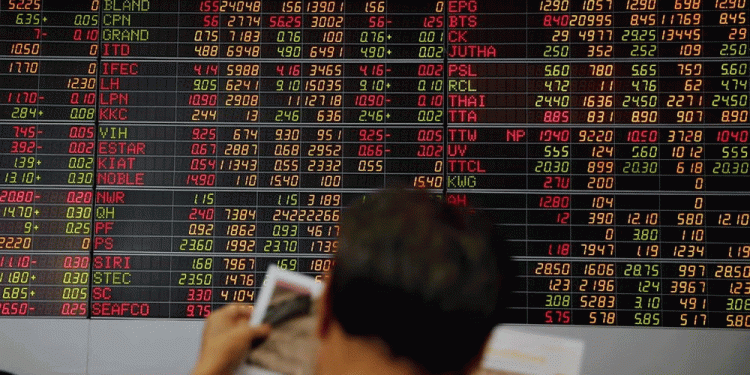The spread between Asian paraxylene and benzene fell to its lowest in more than nine years on Thursday, where it was assessed at minus $104/mt, down $0.50/mt from the the day before, Platts data showed.
The last time the spread was lower was on April 8, 2005, when it was at minus $112.50/mt.
The PX/benzene spread has spent most of this year in the red, after having first slipped into discount territory on January 13, when it was assessed at minus $8/mt, due to a quick-falling PX market.
The Asian PX market has been on a downtrend since the start of this year due to a sharp buildup in regional PX supplies as Chinese downstream purified terephthalic acid producers have reduced their plant operations amid weak demand and negative margins.
On March 14, the FOB Korea PX price benchmark was assessed at $1,127/mt — the lowest level since October 11, 2010, when the price was assessed at $1,118/mt.
While the PX market rebounded slightly to be assessed at $1,148.50/mt FOB Korea Thursday amid short covering, market sources said earlier this week the rebound would not last long with new PX capacities coming onstream across Asia from June onwards.
“These new PX plants would likely run at high operating rates in order to recover their investment costs quickly. I think [the] weak PX market will continue for the rest of this year,” an industry source said.
Meanwhile, weak PX prices have depressed the spread between PX and naphtha prices. The PX/naphtha spread was at $223.50/mt Thursday, below the typical breakeven spread of $230-250/mt for Asian PX producers.
Still, operating rates at Asian PX plants remained relatively high as producers consider it as still the best economic option.
“If we reduce PX plant operations, then we will have excess gasoline supplies. We want to avoid that as gasoline demand is still very weak,” said a PX producer.
US, CHINA DEMAND SUPPORTS BENZENE
Meanwhile, FOB Korea benzene prices have been supported by an open arbitrage window to the US. The arbitrage from Asia to the US has remained open for almost five months — the longest time the arbitrage window has been open since Platts started assessing FOB US Gulf benzene prices on January 2, 2003.
In the first three months of the year, South Korea exported 188,635 mt of benzene to the US — more than four times the amount seen in the last quarter of 2013, customs data from the country showed.
But while US benzene demand has now started to ease, Chinese benzene requirements are picking up.
A trader in China noted that the inventory level of benzene in China was around 200,000 mt this week, lower than the typical 300,000 mt, with brokers saying there was firm demand from end-users.
– Platts.com

























